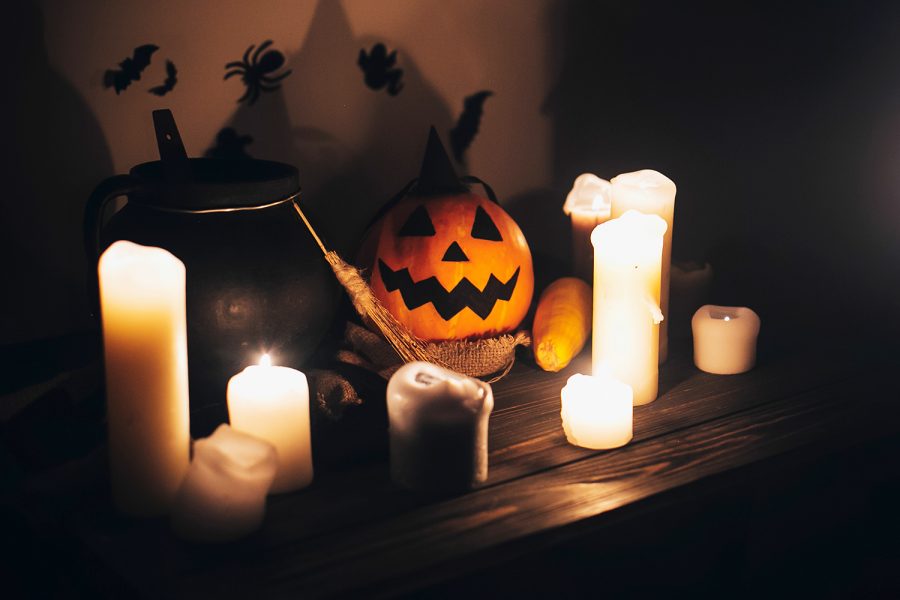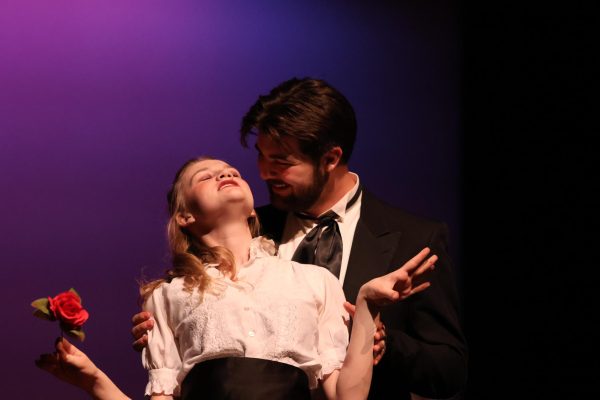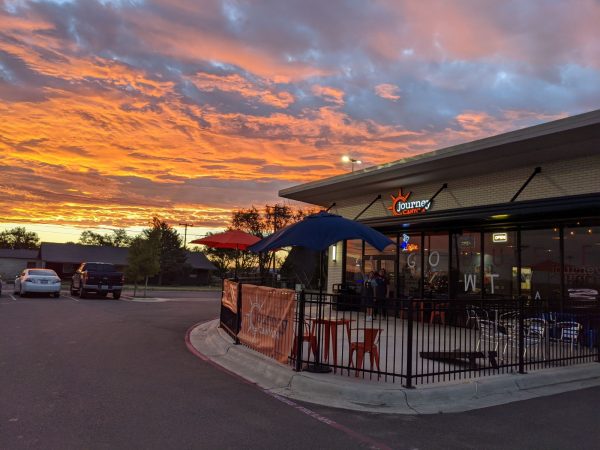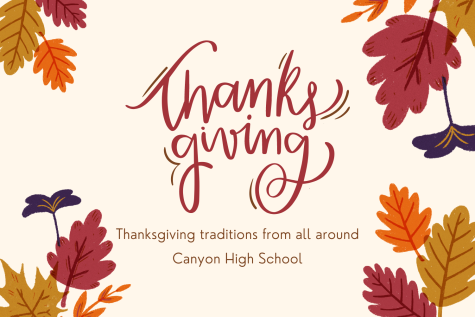From spooky to spectacular
Breif history of Halloween
The history of Halloween is much different from how it is viewed today. According to history.com, the holiday originated 2,000 years ago as the festival of Samhain. Halloween has evolved into a community holiday and in 2018, Americans spend around $9 billion on the holiday as a whole.
Today, Halloween is a holiday full of different festivities and traditions. Children trick-or-treating with homemade costumes and plastic pumpkin buckets, mountains of candy overflowing from store shelves, scary movies and haunted houses. However, the spooky holiday’s origins are much different from how it is perceived today.
According to History.com, Halloween originated nearly 2,000 years ago as the Celtic festival of Samhain. The festival honored the dead and celebrated the ending of summer, the coming winter and the final harvest. The Celts believed that on Oct. 31, spirits of the deceased could return to Earth. They set bonfires and made sacrifices of animals and crops, which they believed would protect them in the colder months.
The tradition soon mingled with Roman practices after the Celts were conquered by the Roman empire around 42 b.c. Later, The Roman Catholic church established All Souls Day to honor the dead in 1,000 a.d. The festival was celebrated in a similar fashion as Samhain, and the night before the festivities would come to be known as All Hallows Eve, a phrase which is derived from the Middle English word Alholowmesse, which translates to All Saints Day.
In England, during All Souls Day festivities, the day directly following All Saints Day, on which members of several Christian denominations visit graves and honor the dead, families would give soul cakes to the poor in return for prayers for deceased relatives. The Church encouraged the activities, and children would go about their neighborhood to receive money and food; this was called going a-souling.
Beginning in sixteenth-century Ireland, children would go about their town dressed up in costumes, carrying lanterns of turnip and performing a trick in exchange for a treat. According to History.com, these traditions likely combined with one another in America because of immigration and formed the trick or treat we know today.
Halloween was popular in southern portions of the American colonies, but wasn’t widely celebrated in New England because of strict Protestant beliefs. The practice of mischief-making and telling ghost stories, while not new, were also prominent in Colonial America. By the late seventeenth century, Halloween was slowly evolving into a holiday that focused more on the community than the spooky or frightening. As a result, by the 1900s, most of the religious aspects of the holiday had faded.
Though it was discouraged before, around the 1920s, trick or treating began to re-emerge, and Smithsonian Magazine says the actual term trick or treat can be traced back to 1927. It was an easy way for people to celebrate the holiday with their neighborhood and also avoid pranks being played on them as Halloween vandalism was still a prominent problem at the time. The activity began to be more centered around children, but Halloween as a whole is a holiday for all ages with an estimated $9 billion spent on it in 2018, according to usatoday.com.
Haloween is one of the most commercialized and oldest holidays in the world. The holiday has evolved from many different things, from bonfires to trick or treating, it is a hodge-podge of many different cultures and beliefs and is celebrated all over the globe.

Hello! My name is Charlie Clark. I am a junior, and this will be my second year on staff here with The Eagle's Tale. Outside of journalism, I play saxophone and piano, and I also participate in Science Bowl and UIL Science teams. I can frequently be found...













